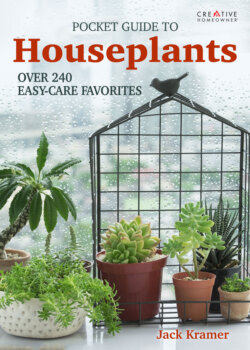Читать книгу Stitching Pathways - Jack Kramer - Страница 21
На сайте Литреса книга снята с продажи.
Feeding
ОглавлениеPlants need three major nutrients for health: nitrogen (for vigorous growth and good leaf color), phosphorus (to grow strong roots and produce seeds and fruit after flowering), and potassium, or potash (to help them absorb other nutrients and resist disease). The labels on fertilizer containers indicate the percentage of each of the three major elements, in the order listed here. For example, a 10-10-10 fertilizer (the best general formula) contains 10 percent nitrogen (N), 10 percent phosphorus (P), and 10 percent potassium (K). The rest of the material in the bag is inert fillers.
Organic fertilizer pellets
Natural, or organic, plant foods are excellent sources of nitrogen, and are better than synthetic fertilizers because they add organic matter to the soil and their nutrients are released gradually. Cottonseed meal, fish emulsion, bloodmeal, and composted steer and cow manure are all organic nitrogen fertilizers available at nurseries and garden centers. Fish emulsion is sold in bottles and the other fertilizer types are sold in bags.
4 Rules for Feeding
• Be sure the soil is moist.
• Start feeding when plants are 2 to 4 in. (51 to 102 mm) tall, usually about three to five weeks after seeds germinate. Because their new roots are too young to absorb nutrients, never feed seedlings.
• Feed only healthy plants. Sick plants can’t absorb nutrients.
• Do not overfertilize. Forcing a plant into growth by excessive feeding will weaken or kill it.
Remove dead flower heads as soon as you notice them. Deadheading allows the plant to devote its energy to growing and staying healthy rather than producing seeds.
